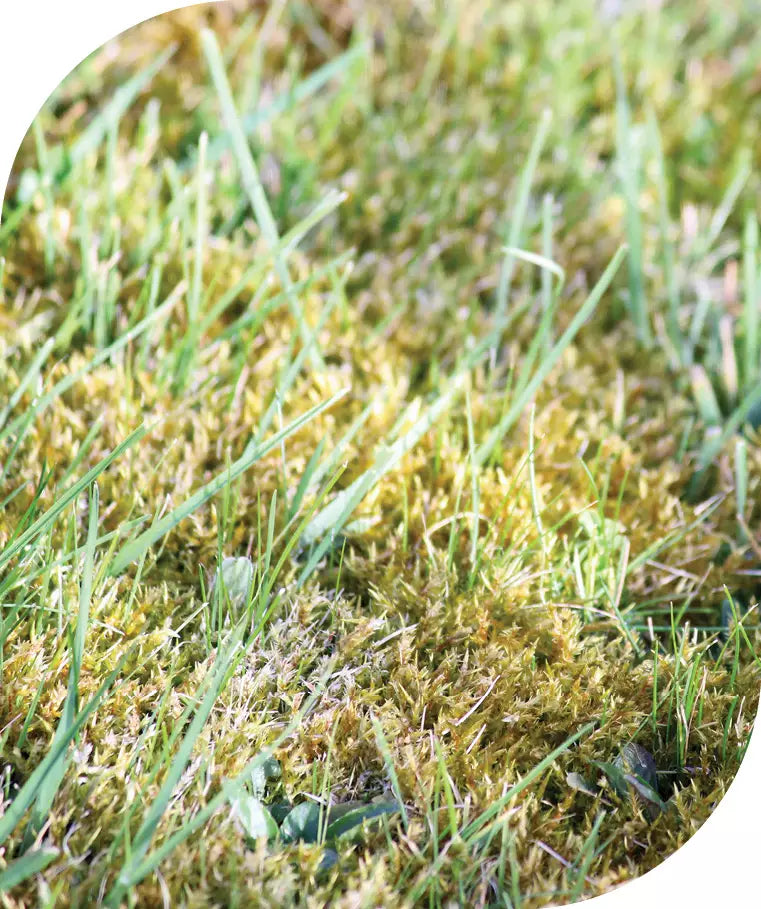
Lawn Care Continued
Share
Watering Lawns
Lawns need plenty of water to thrive and stay lush and green.
Existing Lawns
Maintaining your lawn is summer can be a challenge as most of us struggle with water restrictions and the high cost of water.
If this is the case, just do the minimum and let the grass grow a little longer to cope with drought conditions until cooler autumn temperatures arrive.
If water access is not an issue, irrigate during the cooler hours of the day i.e., early morning or early evening.
New Lawns
Water new lawns regularly where required to ensure the soil remains constantly moist, but do not overwater or let them dry out.
Pests and Diseases
Generally, lawns do not suffer from many diseases if they are well maintained and fertilised regularly, although there are a few issues that can be frustrating:
Q & A's
Fungal Growth, Porina Caterpillars, Grass Grub, Brown Patches
Lawn problems such as fungal growth, porina caterpillars, grass grub, brown and patchy lawns and even birds, can be a challenge. Read our Q&A’s for specific help.
LAWN Q&As
Moss in lawn
Moss is common in lawns, particularly during winter due to excess water and lack of sunlight. To reduce moss, improve lawn drainage and sunlight exposure by trimming shading trees and removing unnecessary structures. Applying Iron Sulphate can also help and will darken the colour of your lawn.
Weeds
Unfortunately, the invasion of weeds is impossible to avoid as many of the fine weed seeds are blown onto the lawn by the wind. Read our Q&A’s on weeds, especially Dandelions and Oxalis. Consistent lawn care and fertilisation promote thick, dense grass growth, minimising weed infestation.
Gardening Terms Explained
Free draining soil: Soil that is light and well broken up. Water can penetrate the soil and drain without pooling.
Waterlogged soil: When water builds up in the soil and is unable to drain away freely.
Oversow: To sow seed again where it has already been sown or on an existing lawn.
